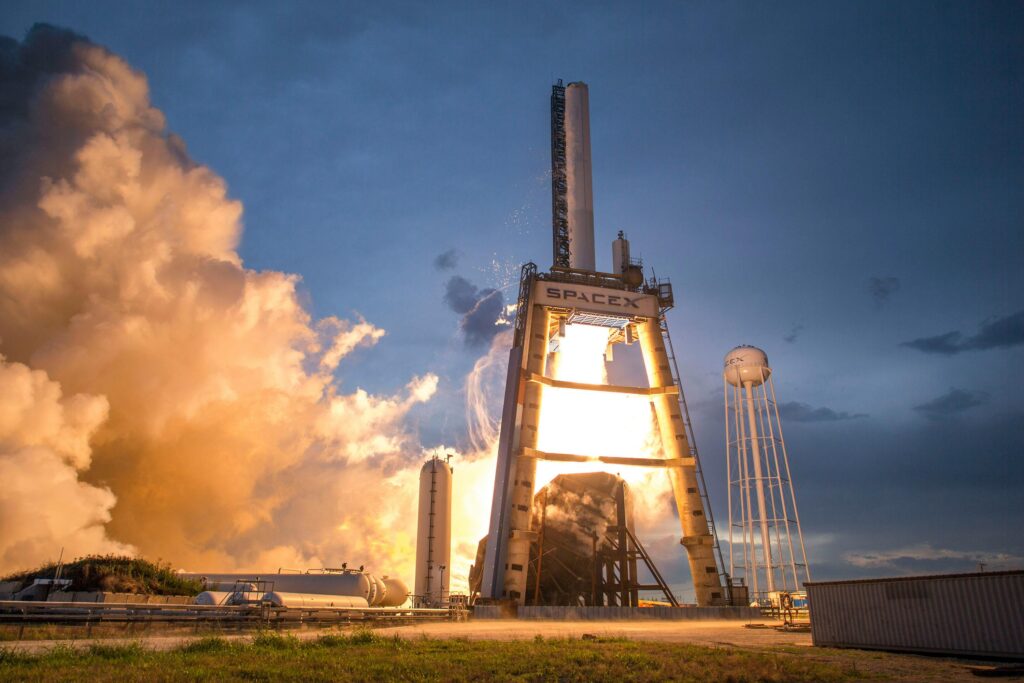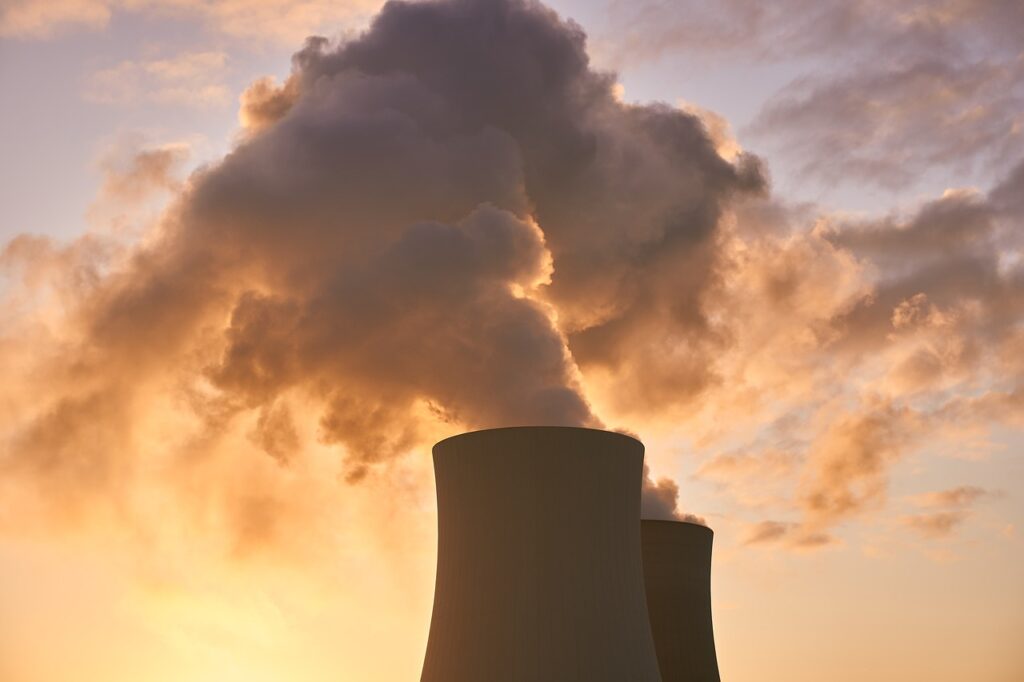The Role of AI in Tackling Climate Change
The impact of climate change is a pressing concern that affects everyone, and while its challenges seem daunting, artificial intelligence (AI) offers a new way forward. From predicting weather patterns to optimizing energy usage, AI has the potential to make a meaningful impact on the future of our planet. With the capacity to analyze vast amounts of data, AI can help us find solutions to mitigate climate change faster and more efficiently than ever before. Let’s explore how AI is reshaping the battle against climate change and what that means for future generations.
Predicting Climate Patterns with AI
One of AI’s most powerful contributions is its ability to predict climate patterns with incredible precision. By analyzing historical weather data and modeling potential outcomes, AI can provide more accurate forecasts. This precision allows governments, industries, and communities to prepare better for extreme weather events, protecting lives and reducing economic losses. For instance, AI models can predict and track hurricanes and wildfires with more accuracy, helping communities to respond faster and more effectively. As climate change continues to intensify, this predictive ability will become increasingly vital.
Optimizing Renewable Energy Systems
AI is transforming the way we produce and consume energy. Machine learning algorithms can analyze energy usage patterns and optimize renewable energy systems like solar and wind farms. By adjusting energy output based on real-time demand and weather conditions, AI can help reduce waste and improve efficiency. Companies are now using AI to manage smart grids, balance electricity demand, and store excess energy for later use. These optimizations not only reduce greenhouse gas emissions but also make renewable energy more cost-effective and reliable, paving the way for a more sustainable energy future.
Reducing Industrial Emissions
Industries account for a significant portion of global emissions, but AI is helping to turn the tide. AI systems can monitor emissions in real-time, identifying inefficiencies and recommending solutions to reduce waste. For instance, in manufacturing, AI can optimize production processes, reducing the energy required and cutting down on emissions. Similarly, logistics companies use AI to optimize delivery routes and reduce fuel consumption. By adopting AI-driven solutions, industries can lessen their environmental impact while maintaining productivity.
AI in Environmental Conservation
AI also plays a crucial role in environmental conservation. Through satellite imagery and machine learning, AI can monitor deforestation, track endangered species, and even restore damaged ecosystems. Conservation organizations are using AI to detect illegal logging activities, monitor the health of coral reefs, and predict areas at risk of biodiversity loss. These efforts are crucial for preserving our planet’s ecosystems, which are vital to maintaining climate stability and ensuring a healthy environment for future generations.
Leaving a Lasting Impression
AI is proving to be an invaluable ally in the fight against climate change. By enhancing our predictive capabilities, optimizing energy systems, reducing industrial emissions, and supporting conservation, AI is helping us create a more sustainable future. However, AI alone is not a cure-all; its true impact depends on how we choose to implement and scale these technologies. As we move forward, our responsibility is to embrace these tools responsibly, using them not just to protect the planet but to create a world where future generations can thrive.




Pingback: 7 AI Concepts That Will Make You Smarter About the Future - ScienceThoughts